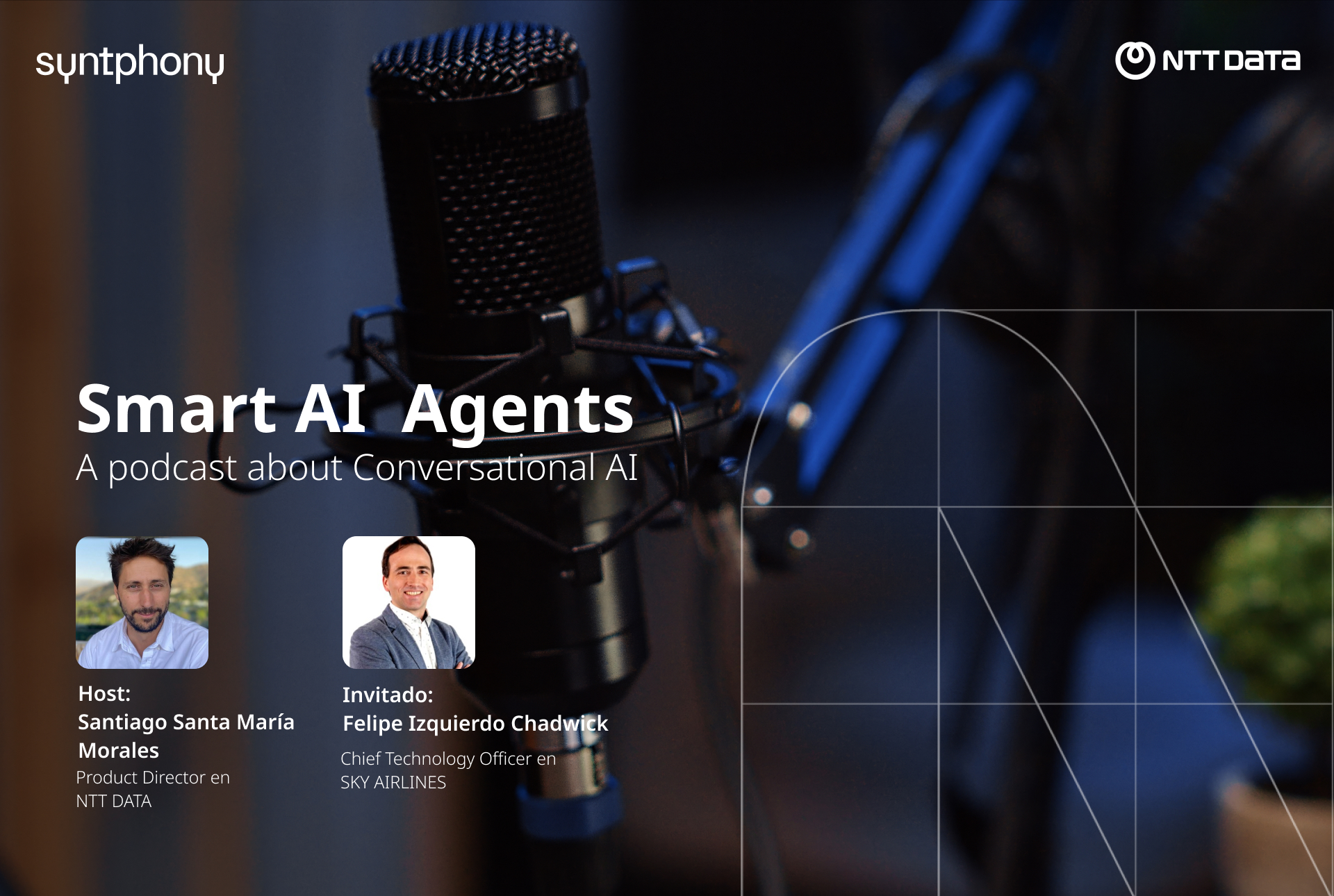NTT DATA unlocks new business potential as Meta Business Partner with Syntphony Conversational AI
At NTT DATA, as proud Meta Business Partners, our mission is to lead innovation and transform how businesses engage with their customers. Today, we are excited to announce a significant achievement: we have been certified as a Meta Business Partner, thanks to Syntphony Conversational AI, which is revolutionizing customer experiences.
What Does It Mean to Be a Meta Business Partner?
Being recognized as a Meta Business Partner not only validates our leadership in technology but also positions us as a pioneer in delivering advanced conversational experiences. This certification confirms that NTT DATA possesses the expertise to implement and optimize Meta's technologies, including Facebook, Instagram, Messenger, and WhatsApp, offering our clients more direct, efficient, and cost-effective solutions.
Innovation and Efficiency in Our Value Proposition
This strategic alliance with Meta brings multiple advantages that strengthen our value proposition:
- Access to Cutting-Edge Technology: We gain exclusive access to the latest tools and resources from Meta, allowing us to integrate advanced functionalities into our conversational AI solutions, such as Syntphony.
- Cost Reduction and Increased Efficiency: By eliminating intermediaries, we streamline our internal processes and reduce costs, enabling us to offer more competitive pricing and high-quality services.
- Professional Growth and Training: This certification provides our teams with access to advanced training and specialized resources, driving continuous growth and improvement.
Benefits for Our Clients: Elevating the User Experience
Thanks to Syntphony and our Meta Business Partner certification, our clients can enjoy more advanced and personalized conversational solutions:
- WhatsApp Automation with Generative AI: Clients can automate customer support on WhatsApp, offering personalized, real-time responses that enhance user relationships.
- Product Catalog Integration in WhatsApp: An innovative feature that allows users to explore and purchase products directly from the app, boosting satisfaction and conversion rates.
- Personalized Support and Agent Handoffs: We combine automation with human intervention, ensuring smooth and efficient support that meets user needs.
Strengthening Our Value Proposition and Standing Out from the Competition
Becoming a Meta Business Partner sets us apart in the marketplace, solidifying NTT DATA as a leader in digital transformation and technological innovation. By providing direct access to Meta's best tools and technologies, our clients can trust they are partnering with a committed ally ready to tackle the challenges of the future.
Looking Ahead: Continuous Growth and Innovation
This certification is just the beginning. At NTT DATA, we will continue to explore new frontiers in artificial intelligence and automation, developing innovative use cases that drive the digital transformation of our clients.
Curious about how becoming a Meta Business Partner can benefit your business? Learn more about our certification and how we can help take your digital strategy to the next level.
We invite you to get to know our platform to make a leap in your business strategies with IA Conversational. Click here to get started

















